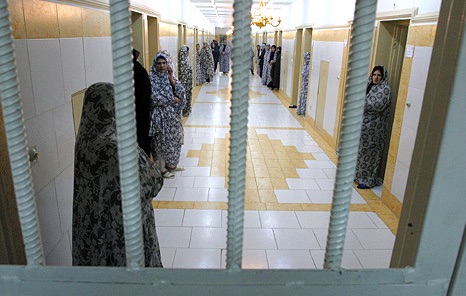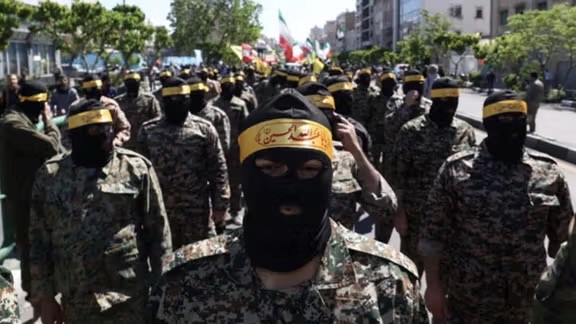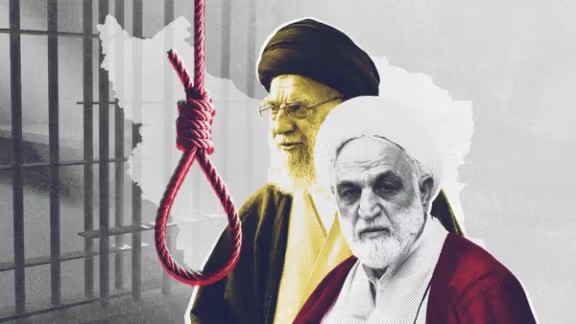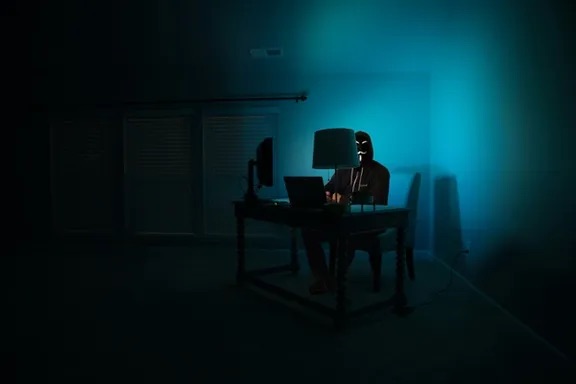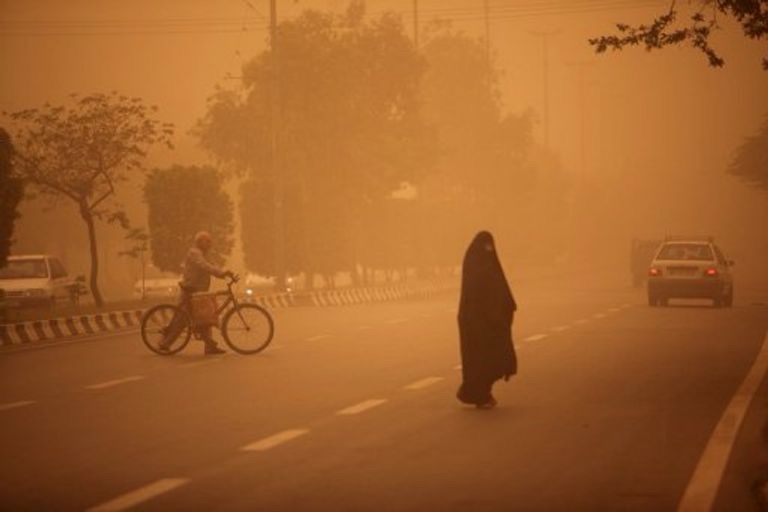
The Iranian regime has intensified its repression, cracking down on media, communication platforms, and peaceful protests to silence dissent and stifle freedom of expression. Authorities have censored satellite TV channels, blocked apps like WhatsApp, Instagram, and Telegram, and disrupted internet and mobile networks, particularly during periods of unrest. A controversial Internet User Protection Bill, poised to erode online freedoms and violate privacy, remains pending in parliament.
Security forces routinely use excessive force to suppress protests, often resorting to violence and mass arrests. In Gojag village, Hormozgan province, a peaceful protest against house demolitions was violently dispersed, causing injuries. In Sistan and Baluchestan province, the assault on weekly protests in Zahedan city peaked in October, with security forces unlawfully attacking protesters with tear gas, shotguns, and water cannons, even targeting children.
Amid rising unrest, especially around the anniversary of the “Woman Life Freedom” uprising, authorities cracked down further, arbitrarily arresting victims’ families and intimidating university students into silence. Thousands, including children, were subjected to unjust detention, harsh interrogations, and persecution for peacefully exercising their human rights. The regime’s campaign of repression targeted women defying mandatory headscarves, protesters, journalists, artists, LGBTI individuals, and human rights defenders. The state also continues to ban independent political parties, trade unions, and civil society organizations, retaliating against labor activists and striking workers.
This escalating crackdown highlights the Iranian regime’s determination to maintain control through fear, censorship, and violence, further isolating the people from basic freedoms and justice.
